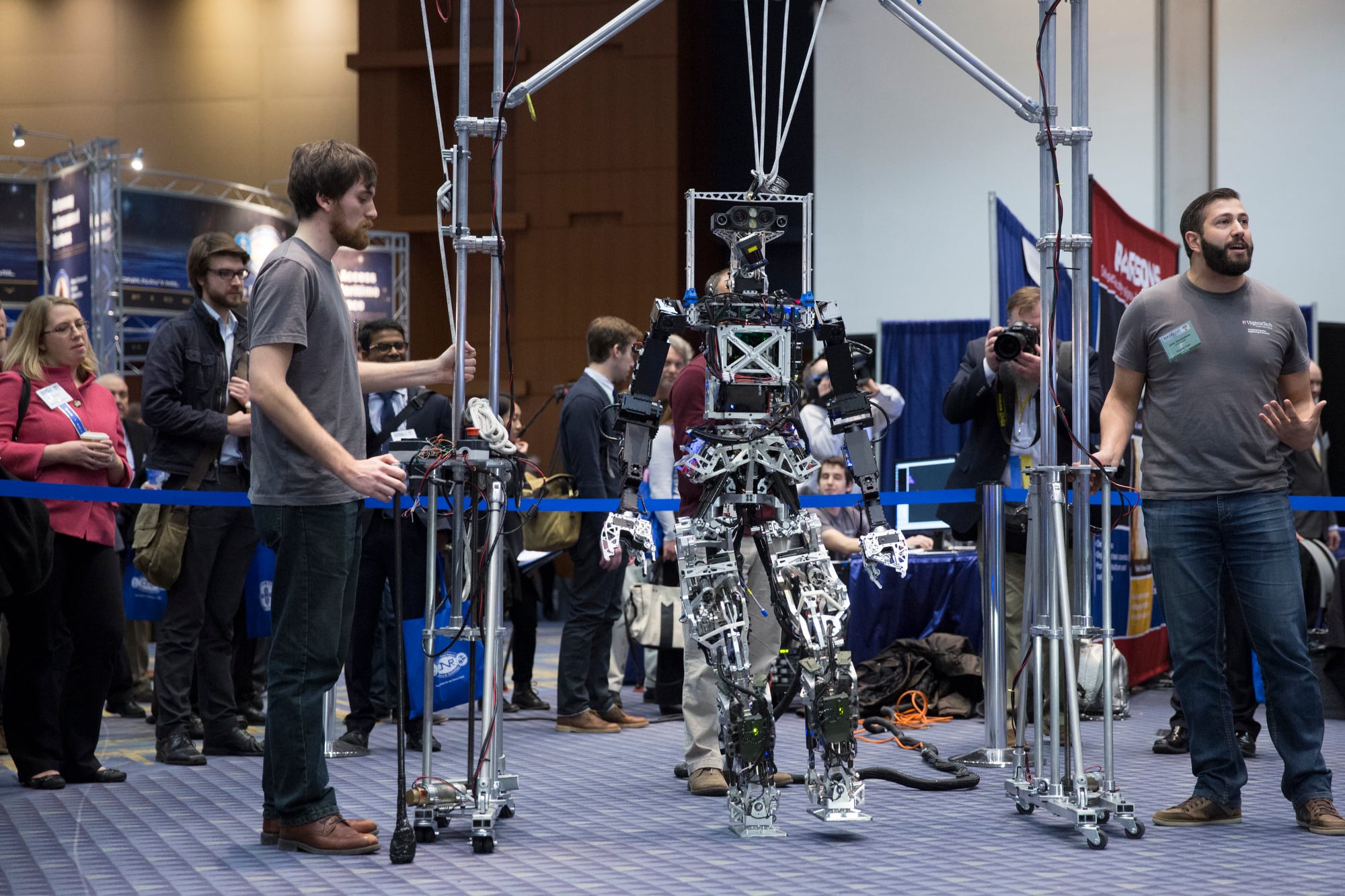“The Army — and the military writ large — is undergoing the initial stages of a fundamental change in thinking, organizing and, ultimately, fighting,” wrote Mark Pomerleau, a reporter at C4ISRNET.
When you examine the impact of changing political conditions worldwide and the rapid advancement of technology, you begin to get an idea of the magnitude of change that is taking place today and likely to continue for years to come.
[A force in flux: Military adjusts to emergent domains of warfare]
Things certainly happen faster in the ever-changing digital battlefield and associated intelligence domain. New operating concepts and procedures are being developed and in some cases field-tested as they are coupled with functioning prototypes that are continuously emerging from startups and traditional defense industry suppliers as well as nontraditional sources. Stop for a moment and consider the efforts required to adapt to the future of conflict.
The likely transformation of the classical tactics of warfare will certainly be a focus of scholars for years to come. One can only wonder what is actually taking place that is not public and unlikely to become public for years or even decades. All of this has led to a very interesting thought: Perhaps the greatest challenge for our military and our intelligence community is to accelerate their efforts so they may achieve and remain one step ahead of the conflict transformation we are experiencing today.
Are existing policies and regulations impeding our military’s and intelligence community’s ability to respond and react in a near-real time manner that is a fundamental requirement today? That seems to be a concern that has been working its way to the forefront for the last few years and appears to be on its way to the top of multiple lists.








